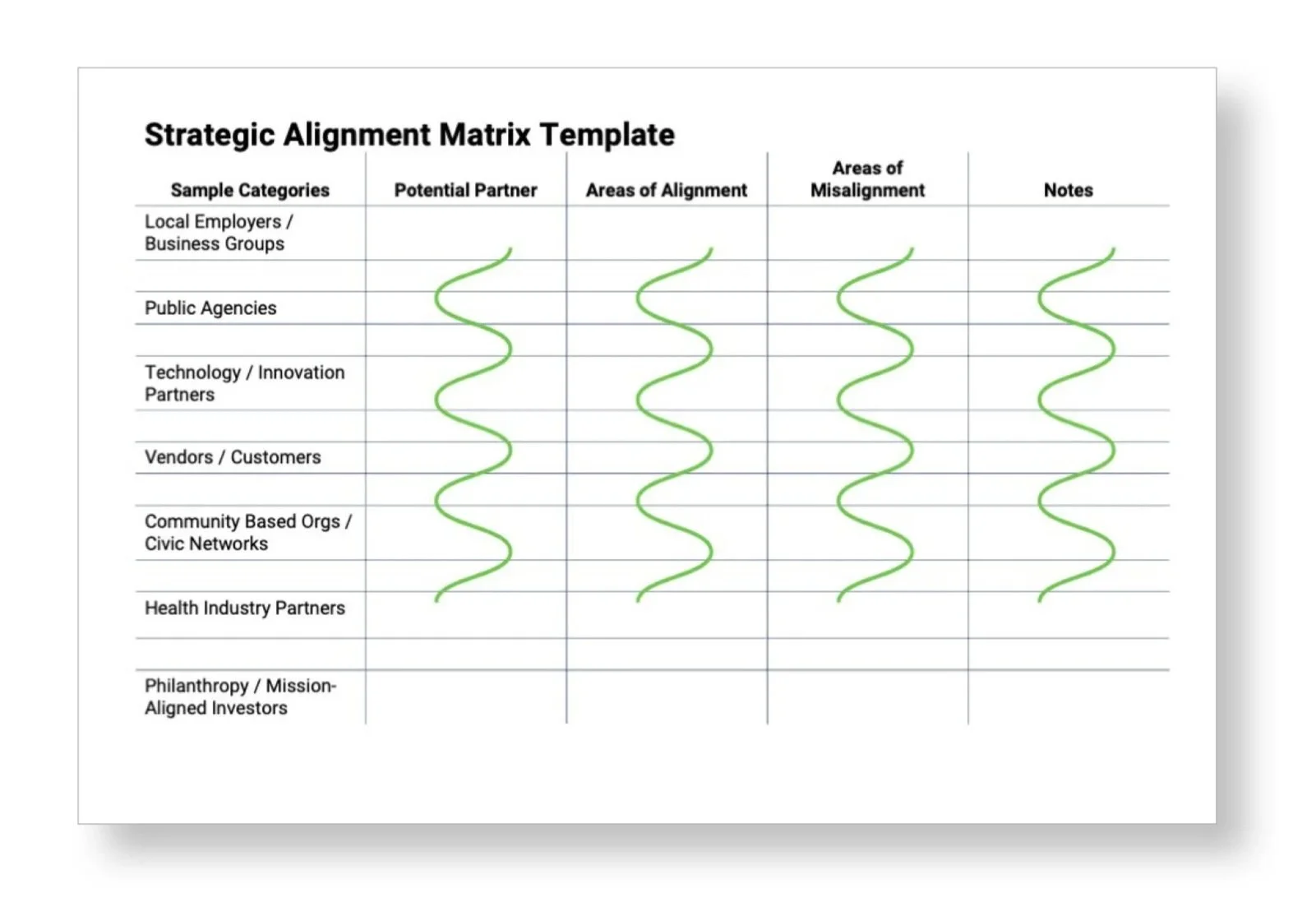In the fictional state of Michiana, an integrated delivery system called Zippy Health was recently given a bold charge by its board: rethink partnerships to address unmet health needs in the community. Zippy Health turned to Epic Games, the company behind Fortnite, to explore how immersive content and massive commercial reach could engage young men in health. Together, they designed a gamified experience that delivered education, virtual care, behavioral health support, and referrals, all through a virtual reality (VR) platform.
This scenario is a variation of outcomes that arose from a cross-industry exercise we ran with healthcare executives a few weeks ago. It left participants with a new appetite for ideas that might have once seemed too unconventional to pursue.
In the current healthcare environment, as competition intensifies and resources tighten, many healthcare organizations are facing growing financial strain. In response, some are pursuing scale through new lines of business, while others are expanding via partnerships or acquisitions. A few are exploring adjacent sources of revenue, but most are seeking growth and stability by extending their reach in traditional areas of care and coverage or geographic expansion. These efforts are essential, yet may not be enough on their own.
Partnerships can indeed expand both scale and essential capabilities. We like to encourage clients to think even more broadly and boldly about what partnerships could look like.
Change and Uncertainty Likely Increasing
The pace of disruption in the world around us is accelerating. Technology, politics, social change, and economic pressures are all moving fast, and healthcare is not insulated from these forces. In our 2025 Strategy in Action research, close to 70% of executives expected disruption in the next 2-5 years; up nearly 40% since the previous year. While the full impact hasn’t yet arrived, the pressure for change is unmistakably building.
National carriers are actively working to reshape major parts of the healthcare system to gain cost advantages and strengthen their strategic position. At the same time, companies from outside the sector are pushing in, applying their strengths to disrupt parts of the healthcare workflow.
Some of these disruptions may fail, it’s likely some of them succeed. And the shifts from those that move forward could make it increasingly hard to succeed by relying on year-over-year incremental improvements. The uncertainty is exacerbated by the fact that this is all happening in the context of a shifting political and economic landscape, and an uncertain regulatory climate.
Some of what is coming feels deeply unsettling. Conversations I am having around the country are increasingly sobering. Last year, many organizations faced devastating losses and are also concerned about current forecasts. These are hard times. And I don’t mean to dismiss or sugarcoat them by suggesting that in the middle of all this disruption, that there is also an opening.
An Opening in the Midst
Long-held assumptions within this entrenched industry are starting to shift, creating an opportunity to rethink parts of the system that have long needed it.
When we don’t have the capacity, capital, and skills to fulfill radically different ideas, another approach is to develop radically different partnerships.
Strategic Alignment Matrix
We have developed a simple framework that can generate powerful shifts in thinking. The outcome may shift understanding of boundaries of coverage and care, and expand ideas for potential partners.
The results are often surprising and highly strategic. As such, I cannot share specific outcomes here, I would be glad to talk to further if you’re interest in exploring this approach. The matrix is customized for an organization, but a generic version is shared below.
The goal is to expand the circle of potential, aligned partners by identifying others who share even part of your organization’s mission or goals. That might include those who want a healthier workforce, a stronger local economy, or collaborators willing to pilot new ideas or share data. The exercise can surface unexpected allies and create a foundation for reframing shared goals.
We are always looking for ways to deliver high value with low investment, that help to secure competitive leadership for regional healthcare organizations. The work is both practical and invigorating. If you try it, let me know how it goes!
With you in goodness,
Nancy
Recently in Scenario Planning
“There’s something powerful about being in the same room with people who bring different perspectives. That in-person connection creates a kind of understanding and energy that’s hard to get any
other way.”
⏤participant
At Spring Street Exchange’s annual Scenario Planning Roundtable on September 23-24th in Boston, we used a shortened version of this concept in a Quest to address challenges for a fictional integrated delivery system. Two cohorts were charged to partner with the tools of technology giants to develop new approaches to addressing engagement with specific segments of health plan members in ways that changed what was possible.






































